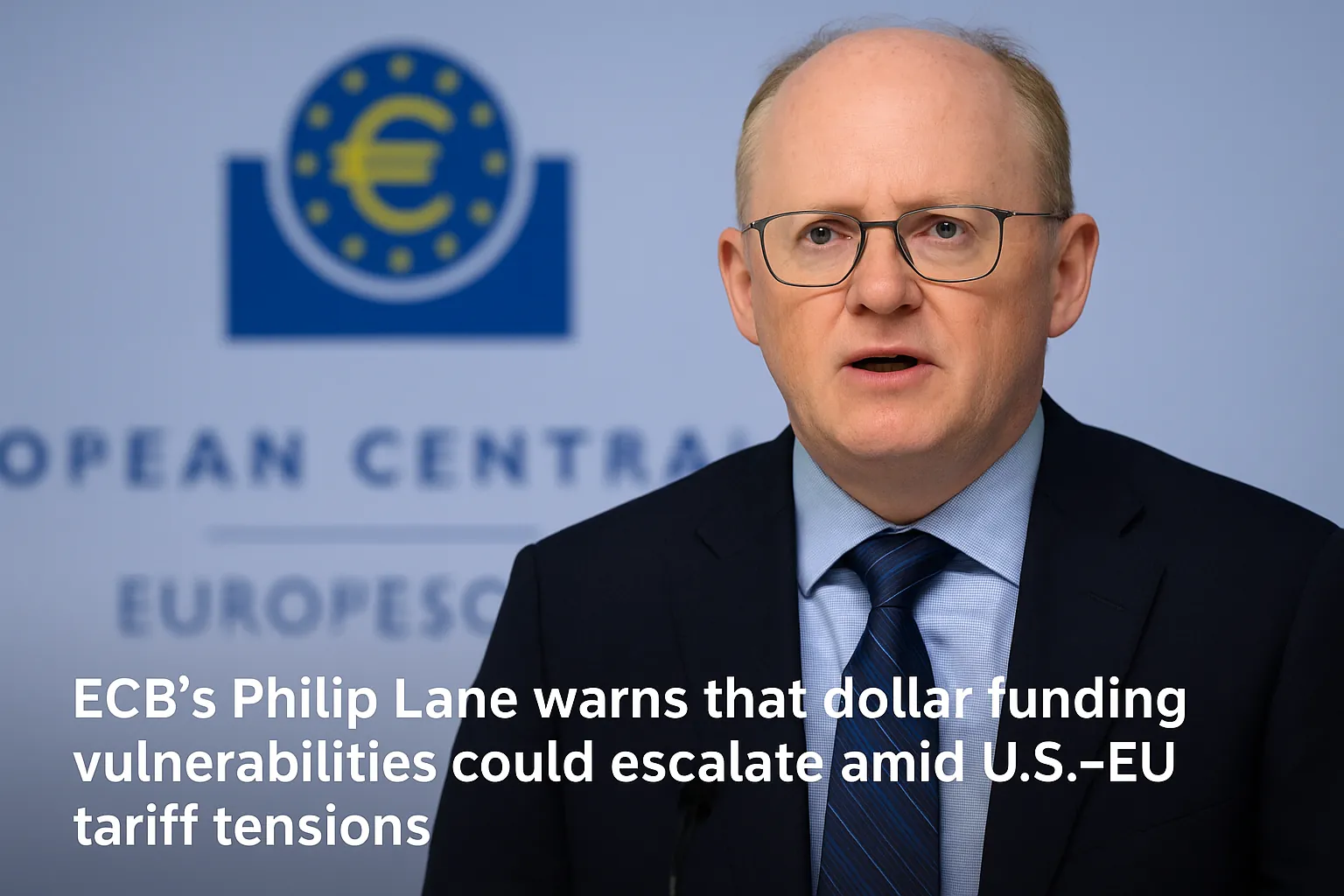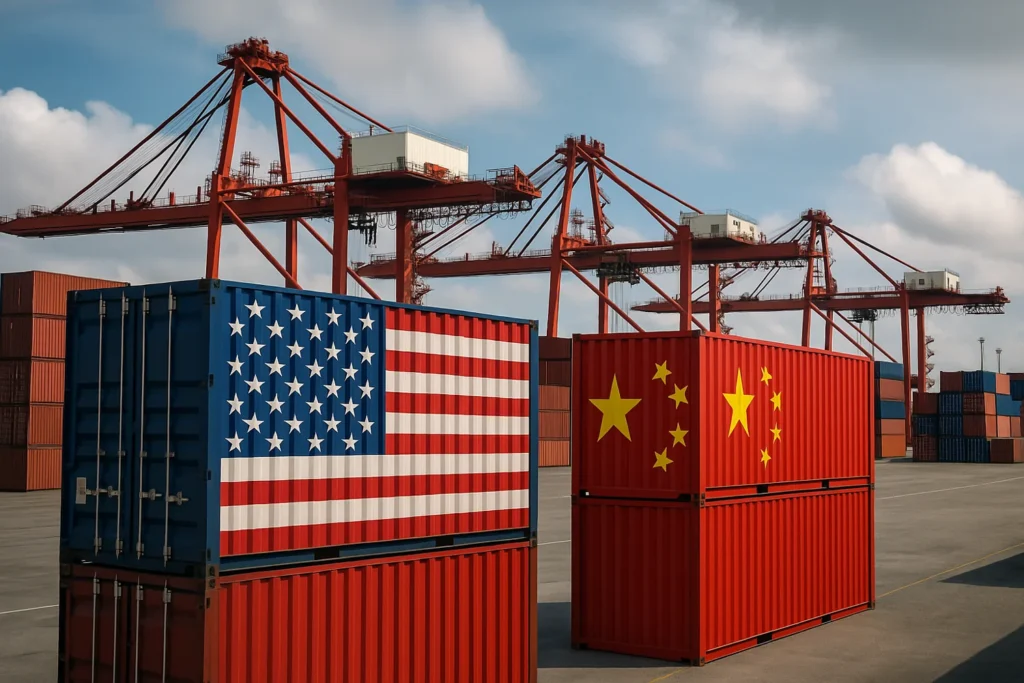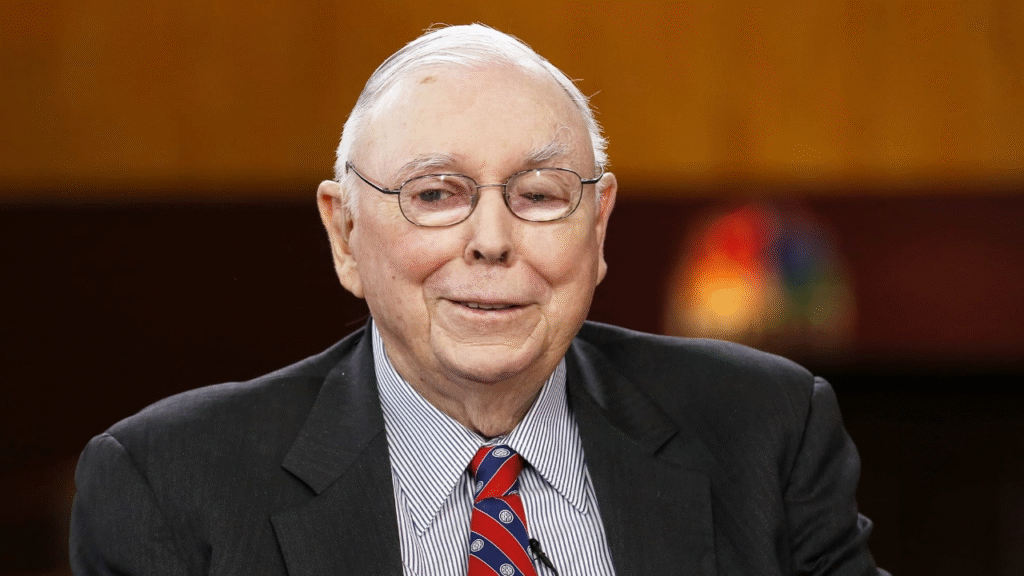When European Central Bank Chief Economist Philip Lane warns of a “dollar risk,” it’s not a technicality — it’s a warning shot. His statement this week about potential vulnerabilities in banks’ dollar funding struck a nerve across European finance. Beneath the calm rhetoric of “monitoring developments,” Lane’s real message was clear: Europe’s banking system remains dangerously dependent on a currency it doesn’t control. And in a world drifting toward tariff wars and protectionist retaliation, that dependence could prove fatal.
Context: how the dollar became Europe’s invisible master
For decades, the U.S. dollar has reigned as the world’s financial backbone. Over 85% of global trade invoices and nearly 60% of international debt are denominated in dollars. Europe, despite having its own currency and central bank, has never escaped this gravitational pull. European banks rely heavily on short-term dollar funding to finance trade, energy imports, and corporate lending.
The ECB has long treated this as a structural weakness but tolerated it for the sake of global liquidity. In 2008, it was dollar scarcity — not euro instability — that almost toppled Europe’s banking system. The Fed had to extend emergency swap lines to the ECB to prevent a collapse. That dependence has never truly ended.
Now, as the U.S. and Europe drift into tariff disputes over electric vehicles, green subsidies, and digital taxation, the same financial Achilles’ heel is being exposed again. Lane’s remarks during a Frankfurt policy forum were measured but unmistakable: “Tariff escalation could amplify dollar funding pressures, especially for European banks with large international exposures.”
Translated from central bank jargon: the next trade war could become a dollar crisis for Europe.
Oppositional Argument: the illusion of financial sovereignty
The European Union likes to present itself as an economic power equal to the U.S. But the truth — and Lane’s warning exposes it — is that Europe’s “sovereignty” in finance remains conditional on American goodwill. Every time Washington shakes the global trade order, European institutions scramble to adapt, not dictate.
This dependency isn’t accidental. The euro never became a global reserve currency in practice because Brussels failed to create a unified capital market. Fragmented regulation and political hesitation left the continent vulnerable. Even the ECB’s pandemic bond-buying programs were financed in part through dollar swaps with the Federal Reserve.
The irony is painful: while politicians in Brussels preach “strategic autonomy,” European banks still borrow in dollars to fund the very industries now threatened by U.S. tariffs. Lane’s statement, read between the lines, is not a warning about speculative risks. It’s an admission that Europe’s economic model is structurally beholden to Washington’s policy swings.
Analytical Breakdown: tariff turmoil meets currency dependence
The latest wave of tariff tensions began when the U.S. administration raised duties on European electric vehicles, citing “national competitiveness.” The EU, under pressure from domestic industries, promised retaliation. Analysts call it “tariff tit-for-tat 2.0” — a throwback to the Trump-era trade wars that rattled markets.
What makes this round more dangerous is the timing. Global liquidity is tightening. The Federal Reserve’s recent stance to keep interest rates higher for longer has drawn capital into dollar assets, making dollar funding scarcer and more expensive for non-U.S. borrowers.
According to ECB data, European banks hold around $6.8 trillion in dollar-denominated assets. Their short-term dollar liabilities — mainly from money markets and U.S. institutional investors — are roughly $5 trillion. Any sudden increase in tariffs or geopolitical tension could drive investors toward safe-haven dollar assets, pushing up dollar funding costs and squeezing European liquidity.
The risk isn’t hypothetical. In 2020, during the pandemic panic, European banks saw dollar swap spreads widen by more than 150 basis points in a week. The Fed had to reopen its swap lines to stabilize the system.
Today, with trade fragmentation accelerating, those swap lines might not be enough. The U.S. could use access to dollar liquidity as leverage — an unspoken weapon in economic diplomacy.
Human Perspective: how this risk translates into real pain
For ordinary Europeans, “dollar risk” sounds abstract — until it hits their wallets. When dollar liquidity dries up, it raises import costs, energy bills, and credit rates. Banks facing dollar shortages often pass the pain to consumers through higher borrowing costs and reduced lending.
Consider Europe’s energy sector, which still pays for most oil and gas imports in dollars. When the dollar strengthens, European utilities see immediate cost spikes. If tariffs further disrupt trade routes or supply chains, those costs multiply.
Small businesses that rely on imported materials are also exposed. “Every time Washington and Brussels argue, my costs go up,” says the owner of a manufacturing firm in northern Italy. “I don’t trade with the U.S., but my suppliers do — and they invoice in dollars.”
This is the hidden contagion of dollar dependency: political friction between capitals translates into economic pain for citizens who never voted in either.
Counterarguments
Some economists argue that Europe’s dollar exposure is manageable thanks to ECB-Fed cooperation. Swap lines, they say, guarantee access to dollar liquidity in crises. But that assumption ignores the geopolitical factor. What happens if Washington decides to condition swap access on policy alignment, as it quietly did with Turkey and Hungary during past disputes?
Others suggest Europe could diversify into alternative currencies, such as China’s yuan. But that, too, is a trap. Yuan markets remain heavily controlled, and reliance on Beijing would merely swap one dependency for another.
The uncomfortable truth is that Europe’s monetary system was designed for stability — not confrontation. It can handle market turbulence, but not geopolitical weaponization. Lane’s warning, therefore, isn’t about panic. It’s about acknowledging that the rules of global finance are shifting faster than Europe’s institutions can adapt.
ECB’s dilemma: autonomy vs alignment
Within the ECB, Lane’s remarks have reignited debate over how far the central bank should go in protecting banks from external shocks. Some policymakers advocate expanding the euro’s international role by creating new liquidity facilities and promoting euro-denominated trade settlements. Others, more cautious, fear provoking Washington or unsettling bond markets.
Christine Lagarde has long pushed for “strategic autonomy in finance,” yet progress remains cosmetic. The EU’s Capital Markets Union — a project to integrate fragmented national markets — is still crawling after a decade. Without deep, unified capital pools, the euro will never rival the dollar.
Insiders say Lane’s warning reflects growing unease within the ECB’s governing council. One Frankfurt-based official told Oppositioner: “We keep talking about financial sovereignty, but when the next crisis comes, we’ll still be calling the Fed.” That sentence captures Europe’s paradox: a global power that cannot fund itself globally.
Historical parallel: the 2008 and 2020 lessons
The 2008 crisis was a brutal reminder that dollar shortages can bring European finance to its knees. U.S. money market funds pulled billions from European banks within days, forcing emergency Fed intervention. The ECB learned to maintain dollar reserves and swap agreements — yet these are palliatives, not cures.
In 2020, the pandemic triggered the same pattern: panic, dollar flight, and renewed reliance on Fed liquidity. If tariff wars escalate again, the chain reaction will be similar. European banks will face margin calls, credit spreads will widen, and the ECB will beg Washington for lines of credit — just as it did before.
It’s a cycle of dependency disguised as cooperation.
Insider detail: quiet coordination already under way
According to internal ECB correspondence reviewed by Politico Europe, eurozone regulators have been quietly testing contingency frameworks for “dollar stress scenarios.” The plan reportedly includes pre-approved collateral pools and bilateral swap extensions with smaller central banks.
One unnamed ECB economist confirmed that the simulations were triggered by “geopolitical risk” — code for trade tension with the U.S. The ECB, he said, has “limited confidence” that current swap capacities would suffice if multiple tariff shocks occurred simultaneously.
This behind-the-scenes preparation shows that Lane’s comments were not rhetorical. The ECB expects turbulence — and is scrambling to preempt it.
The political layer: Europe’s shrinking leverage
Politically, Europe faces a grim trade-off. Confronting Washington on tariffs risks financial retaliation. Complying meekly erodes credibility and autonomy. Either way, Brussels finds itself cornered.
Washington’s tariff policy, officially about jobs and competitiveness, doubles as a pressure tactic. European carmakers, tech firms, and energy suppliers have all been targeted at strategic moments. As long as Europe’s banks rely on dollar markets for short-term funding, the U.S. will always have an invisible veto over Europe’s economic independence.
This is the hidden message of Lane’s warning: Europe may have its own currency, but it doesn’t yet have its own system.
Analytical projection: the next 12 months
If tariff disputes intensify, expect three outcomes:
- Tightened liquidity: Dollar funding costs for European banks could rise by 50–80 basis points.
- Reduced lending: Smaller European banks may cut credit to exporters.
- Higher volatility: The euro-dollar exchange rate could weaken toward parity again.
The ECB’s most likely response will be rhetorical reassurance, then renewed coordination with the Fed. But such dependence could become politically toxic if populist parties seize on the narrative of “American financial colonization.”
Marine Le Pen in France, AfD in Germany, and the Italian League already frame Brussels as subservient to Washington. Economic dependency gives them new ammunition.
Human reflection: a banker’s confession
A senior risk officer at a major French bank, speaking anonymously, summarized the problem bluntly: “We talk about euro liquidity, but every crisis reminds us we’re guests in a dollar world. The moment the Fed sneezes, we catch pneumonia.”
That metaphor is more than poetic. It defines the structural imbalance haunting Europe’s financial system. The ECB can regulate, supervise, and model risk — but it cannot print dollars.
Conclusion: the price of ignoring dependency
Philip Lane’s remarks should be read not as technical guidance but as a warning that Europe’s illusion of autonomy is fading. The “dollar risk” he mentioned is not just about funding — it’s about sovereignty.
As trade wars resurface and protectionism spreads, Europe’s overreliance on dollar markets turns every tariff dispute into a potential liquidity crisis. The ECB can manage volatility, but it cannot change the currency hierarchy overnight.
Unless Europe builds genuine financial independence — through deeper capital integration, energy self-sufficiency, and euro-based trade — it will remain at the mercy of every shift in U.S. policy. The next tariff wave might not only test Europe’s industries but expose the fragility of its entire economic identity.
External Links
- Reuters: ECB’s Lane flags dollar risk for banks
- European Central Bank Bulletin: Dollar Funding Exposures
90 views






